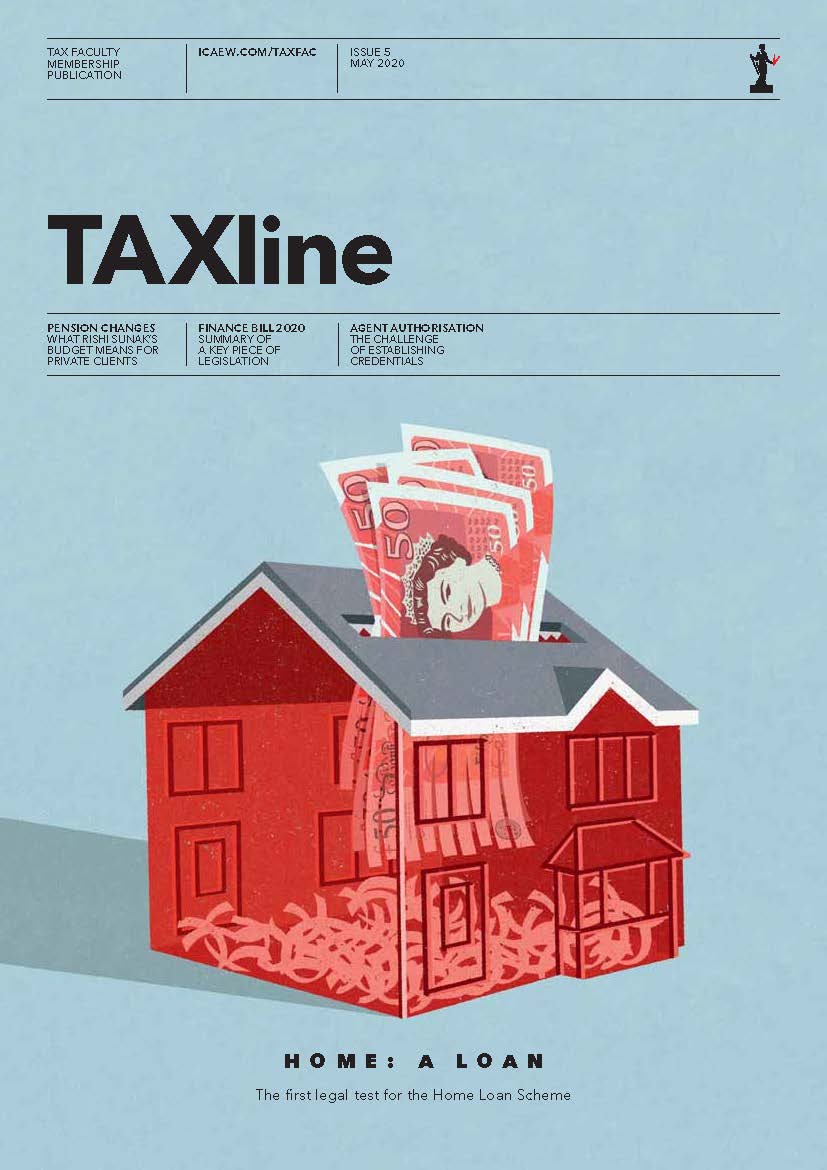The taxpayer should notify HMRC of any undeclared income within 30 days of the date of the letter. This can be done using a g-form disclosure facility. If HMRC agrees with the declared information, it will work out how much tax is due and tell the taxpayer how to pay it. If HMRC does not agree, it will write to the taxpayer and may also open a civil or criminal investigation.
Other options for making a disclosure
The letter encourages the taxpayer to check whether the disclosure facility is the most appropriate method of disclosure. In some cases it may be better to use the contractual disclosure facility (CDF).
The CDF is only suitable for taxpayers who want to admit to tax fraud. By entering the CDF, the taxpayer will:
- admit that their deliberate conduct has brought about a loss of tax;
- tell HMRC about all the tax losses brought about by their deliberate conduct;
- give as much detail as they can within 60 days of being offered the contract;
- provide additional details, in the form of a report, following the 60-day period which includes a statement that they have given HMRC complete and accurate details of their deliberate conduct.
In turn, HMRC will agree not to investigate with a view to bringing a criminal prosecution for the deliberate conduct the taxpayer admits to in the CDF contract.
Taxpayer must act on receipt of a letter
HMRC will take further action if the recipient of a letter does not come forward. This could mean:
- a full audit of the business;
- a civil or criminal investigation; or
- sending an assessment of the tax HMRC believes is owed, including interest and penalties.
Further information:
Latest on business tax
The Tax Faculty
ICAEW's Tax Faculty is recognised internationally as a leading authority and source of expertise on taxation. The faculty is the voice of tax for ICAEW, responsible for all submissions to the tax authorities. Join the Faculty for expert guidance and support enabling you to provide the best advice on tax to your clients or business.


